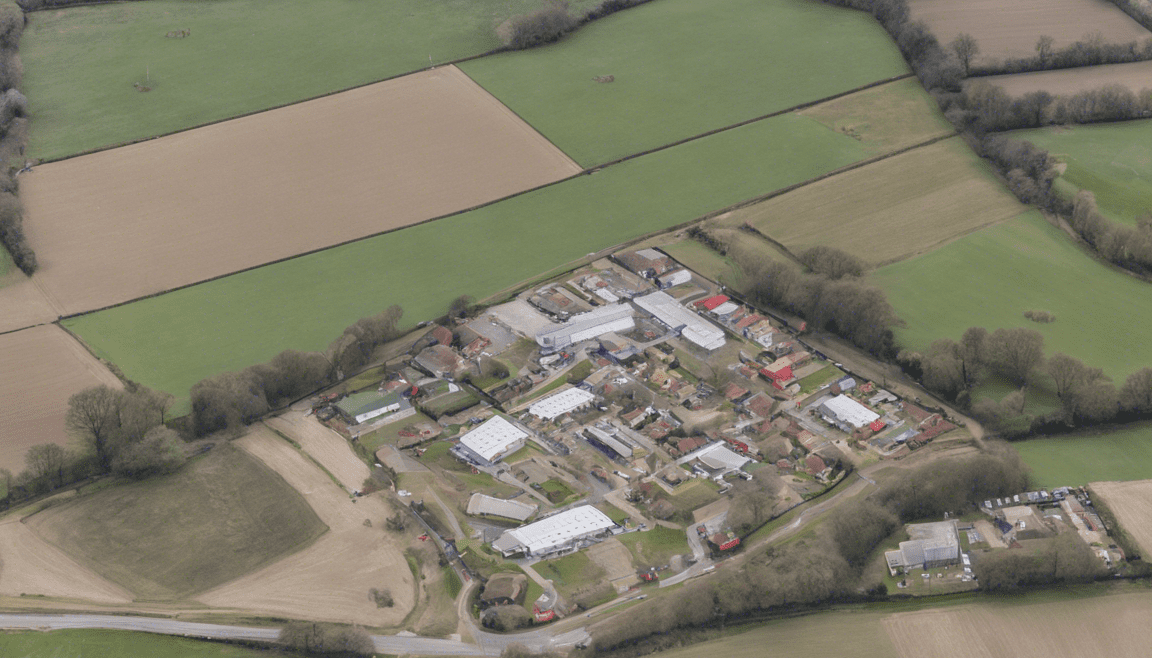Have you ever considered embarking on an adventure to explore the majestic Effingham Rise? This unique geological feature, located in the Pacific Ocean near the Pacific-Antarctic Ridge, offers a wealth of opportunities for scientific study and discovery. In this comprehensive guide, we will delve into the fascinating world of the Effingham Rise, uncovering its origins, characteristics, and significance in the field of oceanography. So grab your diving gear and get ready to dive deep into the wonders of this remarkable underwater landscape.
Understanding the Effingham Rise
The Effingham Rise is a large underwater plateau situated in the southeast Pacific Ocean, covering an area of approximately 150,000 square kilometers. It is located between the Pacific-Antarctic Ridge to the east and the Challenger Plateau to the west, at depths ranging from 1,500 to 3,000 meters. This geological feature exhibits unique topographic characteristics, including flat-topped seamounts, ridges, and valleys, which have intrigued scientists and researchers for decades.
Origins and Formation
The Effingham Rise is believed to have formed through a combination of geological processes, including seafloor spreading, volcanic activity, and tectonic movements. It is situated in an area of complex tectonic interaction, where the Pacific Plate and Antarctic Plate meet. The geological history of the region spans millions of years, with the uplift and subsidence of the seafloor leading to the formation of the plateau we see today.
Biodiversity and Marine Life
The Effingham Rise is home to a diverse range of marine life, thanks to its nutrient-rich waters and unique geological features. Seamounts and ridges provide habitats for various species of fish, corals, sponges, and other marine organisms. Scientific expeditions to the area have revealed a rich ecosystem teeming with life, including deep-sea corals, jellyfish, octopuses, and fish species found nowhere else on Earth.
Scientific Significance
Researchers are drawn to the Effingham Rise for its scientific significance in understanding deep-sea ecosystems, geological processes, and climate change. Studies conducted in the area have contributed valuable insights into seafloor morphology, ocean circulation patterns, and the impact of environmental disturbances on marine ecosystems. The Rise serves as a natural laboratory for scientists to study the interconnectedness of geology, biology, and oceanography in a unique marine setting.
Exploration and Research
Exploring the depths of the Effingham Rise poses significant challenges due to its remote location and extreme depths. Advanced technologies, such as remotely operated vehicles (ROVs) and autonomous underwater vehicles (AUVs), have enabled researchers to conduct detailed surveys and mapping of the area. Ongoing scientific expeditions continue to unravel the mysteries of the Rise, shedding light on its geological evolution and biological diversity.
Conservation and Protection
As awareness of the importance of marine conservation grows, efforts are underway to protect fragile ecosystems like the Effingham Rise. Conservation measures aim to preserve the biodiversity of the region, prevent habitat destruction, and minimize human impact on the marine environment. Designating marine protected areas and implementing sustainable fishing practices are crucial steps in safeguarding the long-term health of this pristine underwater landscape.
Future Prospects
The future of the Effingham Rise holds promise for further discoveries and research opportunities. Continued exploration of the area may reveal new species, geological phenomena, and insights into the interactions between oceanic processes and marine life. Collaborative efforts among scientists, governments, and conservation organizations are essential in ensuring the sustainable management and preservation of this unique marine ecosystem for future generations to appreciate and enjoy.
Frequently Asked Questions (FAQs)
- What is the significance of the Effingham Rise in the field of oceanography?
-
The Effingham Rise offers valuable insights into deep-sea ecosystems, geological processes, and climate change, making it a crucial site for scientific research.
-
How did the Effingham Rise form?
-
The Rise is believed to have formed through a combination of seafloor spreading, volcanic activity, and tectonic movements over millions of years.
-
What kinds of marine life can be found on the Effingham Rise?
-
The Rise is home to a diverse range of marine organisms, including deep-sea corals, jellyfish, octopuses, and unique fish species.
-
What technologies are used to explore the depths of the Effingham Rise?
-
Advanced tools like ROVs and AUVs are employed to conduct surveys, mapping, and research in the remote and deep waters of the Rise.
-
How can the Effingham Rise be protected for future generations?
- Conservation measures, such as marine protected areas and sustainable fishing practices, are crucial for preserving the biodiversity and integrity of the Rise.
Embark on a journey to the Effingham Rise and unlock the mysteries of this captivating underwater world. With its rich biodiversity, geological wonders, and scientific significance, the Rise stands as a testament to the interconnectedness of Earth’s oceans and the importance of conservation efforts in safeguarding our marine heritage. Dive in and discover the beauty and complexity of the Effingham Rise for a truly unforgettable exploration experience.


